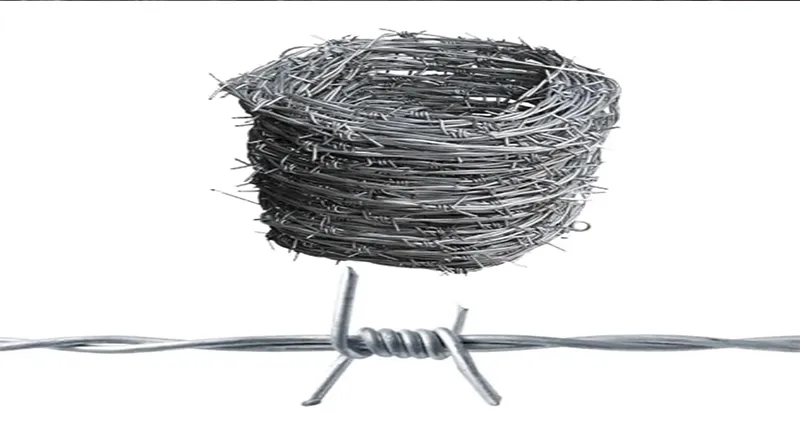-
 Phone:
Phone: -
 Email:
Email:

rock netting slope protection
Rock Netting Slope Protection An Effective Method for Erosion Control
In the battle against erosion and landslide risks, rock netting slope protection stands out as a practical and environmentally friendly solution. This method employs a combination of natural materials and engineering techniques to stabilize slopes and prevent soil erosion, making it an ideal choice for construction projects, roadways, and landscaped areas.
Understanding Erosion and Its Challenges
Erosion is a natural process where soil and rock are worn away by natural forces such as wind, water, and ice. However, human activities such as deforestation, construction, and poor land management can accelerate this process, leading to increased risks of landslides, sedimentation in water bodies, and loss of fertile soil. These challenges necessitate effective slope protection methods to enhance the stability of slopes and protect the surrounding environment.
What is Rock Netting?
Rock netting involves the installation of wire mesh or nets made from durable materials, designed to hold rocks and other natural materials in place on a slope. The netting acts as a supportive framework that prevents the movement of soil and rock, effectively controlling erosion while allowing for the natural vegetation to grow. This method is particularly useful in steep terrains where other forms of erosion control might be less effective.
Benefits of Rock Netting Slope Protection
1. Stability Improvement The primary advantage of rock netting is its ability to improve slope stability. By holding rocks and loose soil in place, the risk of slides is significantly reduced, creating safer environments for infrastructure development and protecting nearby habitats.
2. Cost-Effective Compared to other slope stabilization methods such as retaining walls or concrete barriers, rock netting is often more affordable. The materials used are typically locally sourced, and the installation process can be quicker and less labor-intensive.
3. Environmental Compatibility Rock netting promotes the growth of native vegetation by allowing seeds to germinate between the rocks and the mesh. This not only enhances the aesthetic value of the area but also contributes to biodiversity and helps restore local ecosystems.
4. Versatility This technique can be applied to various types of slopes, from highway embankments to mountainsides. Its adaptability makes it suitable for a range of environments and conditions, providing a reliable solution for different projects.
rock netting slope protection

5. Reduced Maintenance Once installed, rock netting requires minimal upkeep. The natural process of vegetation growth provides additional stability, and the robust design of the netting ensures long-term durability, reducing the frequency of repairs compared to other erosion control methods.
The Installation Process
The installation of rock netting generally involves several key steps
1. Site Assessment Before installation, a thorough assessment of the slope and surrounding environment is conducted to determine the best materials and techniques to use.
2. Preparation Vegetation is cleared from the slope, and loose materials are stabilized to create a solid base for the rock netting.
3. Netting Installation The wire mesh or netting is then secured to the slope, often using anchors or stakes to ensure it remains in place.
4. Rock Placement Rocks of various sizes are placed within the netting. This filling helps to create a natural barrier against erosion.
5. Vegetation Enhancement Finally, native plants can be introduced to the area, further promoting ecological health and improving the visual appeal of the slope.
Conclusion
In conclusion, rock netting slope protection is a reliable and effective method for controlling erosion and stabilizing slopes. Its environmental benefits, cost-effectiveness, and versatility make it an ideal choice for various applications. As the need for sustainable construction practices continues to grow, methods like rock netting will play a crucial role in ensuring that our landscapes remain stable, safe, and ecologically sound. As we move towards a more sustainable future, embracing such innovative solutions will not only protect our infrastructure but also preserve the natural beauty and integrity of our environment.
-
Wire Mesh for Every Need: A Practical SolutionNewsJul.25,2025
-
Steel Fences: Durable, Secure, and Stylish OptionsNewsJul.25,2025
-
Roll Top Fencing: A Smart Solution for Safety and SecurityNewsJul.25,2025
-
Cattle Farm Fencing Solutions for Maximum SecurityNewsJul.25,2025
-
Affordable Iron Binding Wire SolutionsNewsJul.25,2025
-
Affordable Galvanized Wire SolutionsNewsJul.25,2025
-
Wire Hanger Recycling IdeasNewsJul.25,2025








